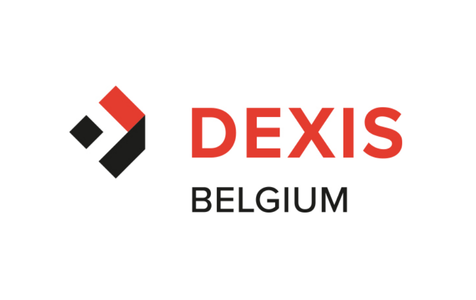Maintenance Execution
In the world of maintenance and asset management, ‘Maintenance Execution’ is a crucial process that directly affects the reliability, sustainability and safety of industrial operations. For technicians and maintenance managers, the challenge lies in balancing time, resources and quality to ensure maximum performance. How do you tackle this effectively?
What is Maintenance Execution?
Maintenance Execution comprises all the activities required to actually carry out planned maintenance. This process includes mobilising technicians, preparing tools and materials, and monitoring execution to ensure work is completed on time and to the required specifications. Properly executed maintenance execution minimises downtime and contributes to plant life.
Best Practices for Successful Maintenance Execution
- Clear planning and preparation: Thorough planning is the cornerstone of successful maintenance execution. This includes identifying priorities, assigning tasks to technicians, and ensuring the availability of required resources. Using a maintenance management system (CMMS) can help streamline schedules and minimise errors.
- Communication and collaboration: Efficient communication between teams is essential to avoid misunderstandings and keep tasks running smoothly. Regular meetings and sharing updates through digital platforms foster collaboration and increase productivity.
- Use of technology: Innovations such as sensors, IoT and predictive maintenance tools make it possible to optimise maintenance and reduce reactive interventions. Training technicians in the use of these technologies enhances the effectiveness of execution.
- Safety first: Safety should always be the top priority in maintenance operations. This includes adhering to safety procedures, wearing personal protective equipment (PPE), and regularly inspecting tools and equipment.
- Continuous evaluation and improvement: After performing maintenance, it is important to analyse the results and collect feedback from technicians. These insights help identify areas for improvement for future maintenance activities.
The role of technicians in Maintenance Execution
Technicians play a central role in the maintenance process. Their expertise, problem-solving ability and practical knowledge contribute directly to the success of maintenance execution. Investing in their training and professional development is crucial. At BEMAS, we offer various education and training courses that support technicians to improve their skills and knowledge.
Efficient maintenance execution requires a combination of thorough planning, collaboration, technology support and continuous improvement. By deploying the right strategies and tools, technicians and maintenance managers can maximise the reliability and durability of their facilities, while also contributing to overall business goals. Keep learning and improving, because in maintenance, standing still equals going backwards.
Want to learn more?
Want to further deepen your knowledge of Maintenance Execution? Then take a look at the following resources:
- Maintenance Execution Training Courses for hands-on training.
- CMMS and Digitalisation to learn more about technologies that improve maintenance.
- Safety and Maintenance for tips on maintaining high safety standards.






